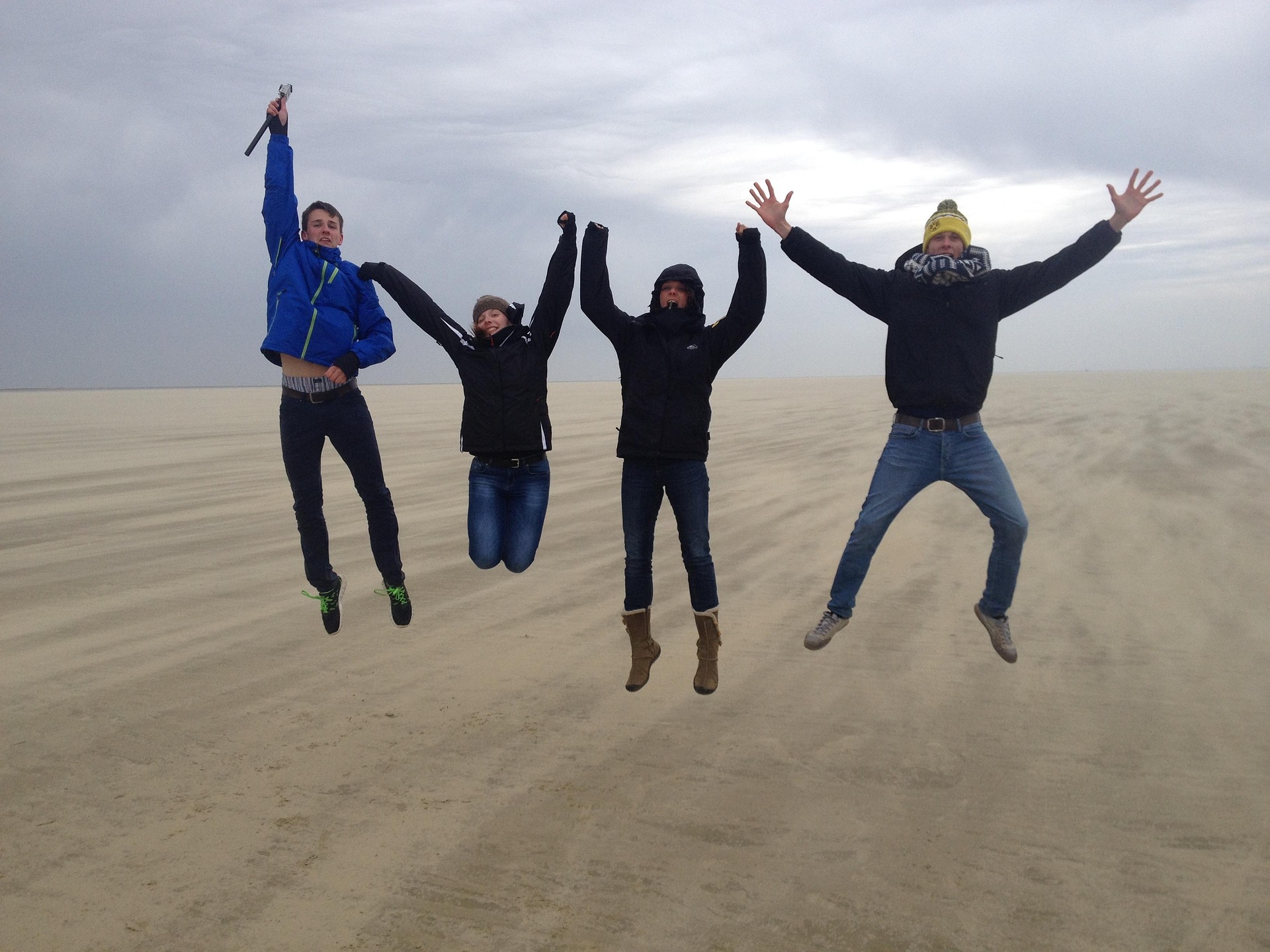In my coaching work with leaders, I’m often asked how to become more confident, more effective, or more inspiring. And often we find ourselves backing up to a more foundational truth: you have to know who you are before you can decide how you lead.
Leadership isn’t just a collection of skills—it’s an extension of your self-as-leader identity. The way you make decisions, manage conflict, respond to stress, and inspire others is deeply shaped by your internal wiring. And until you understand that wiring, you’re often leading a bit on autopilot—reactive, inconsistent, or over-adapting—and likely following another leader’s “playbook.”
This is where psychological insight becomes a leadership imperative, not a nice to have. When you know yourself—your patterns, your motivations, your derailers—you can lead from a place of grounded clarity and deep self-understanding rather than chasing credibility or approval.
Self-Awareness Isn’t Fluff—It’s Strategy
Research consistently links self-awareness to better leadership outcomes: stronger team engagement, clearer communication, better performance under pressure. Yet many leaders bypass this foundational work, skipping straight to skills training or strategy sessions.
But if you’re constantly shifting how you show up based on what others expect—or worse, mimicking someone else’s leadership style—you’re at risk of becoming less effective, less trusted, and ultimately burned out.
Knowing your leadership identity is what allows you to lead with consistency, make decisions with confidence, and stay rooted when the pressure rises.
Assessments as a Mirror, Not a Label
Tools like the Hogan Assessment, 360 tools, Gallup Strengths and the Enneagram can act as mirrors, helping leaders uncover both their natural strengths and the patterns that may be tripping them up.
- The Hogan suite is especially useful for identifying potential derailers—those overused strengths that, under stress, can turn into liabilities. As a certified Hogan practitioner, I use these tools to help leaders gain insight into how they show up in high-stakes environments.
- The Enneagram, is a remarkably nuanced framework that offers a lens into deeper motivation—what drives you, what you avoid, and how you’re wired to experience the world. This isn’t about boxing leaders in—it’s about revealing the internal compass that guides them.
When used skillfully, these tools offer insight without judgment, and action without overwhelm.
Authenticity Without Rigidity
One of the most misunderstood concepts in leadership is authenticity. It’s not about always being the same or refusing to adapt—it’s about knowing the core of who you are so you can flex intentionally, not reactively.
When leaders haven’t done the inner work, they tend to either over-accommodate others (losing clarity and boundaries) or overcompensate with control (losing connection and trust). Self-awareness provides the grounding to move between confidence and humility, decisiveness and curiosity.
It’s this clarity that prevents leadership from becoming performance—and makes it sustainable instead of exhausting.
From Insight to Integration: The Role of Coaching
Awareness alone isn’t transformation. The shift happens when insight is integrated—when a leader starts using that awareness to shape how they show up, how they make decisions, and how they build relationships.
This is where coaching becomes invaluable.
Through coaching, we move from “That’s just how I am” to “Here’s how I want to show up, and what might get in the way.” We take Enneagram patterns and Hogan derailers and turn them into practical, personalized strategies. We work not just on performance but on presence—on aligning your leadership with who you are and what matters most.
You Don’t Need to Lead Like Anyone Else
Here’s the truth: the most effective leaders I’ve coached are the ones motivated to influence well and willing to dig deep, get honest, and commit to leading from their recovered strengths—owning the whole picture, even the edges.
When you know your leadership identity, you don’t have to prove your worth in every meeting. You don’t chase perfection. You lead with clarity, not comparison. And that confidence becomes contagious.
If you’re ready to define and refine your leadership identity, we can work together to map it out—using the Hogan Assessment, the Enneagram, and the deeper psychology behind how you lead.
You don’t need to become someone else. You just need to know the truest version of yourself—and lead from there.










